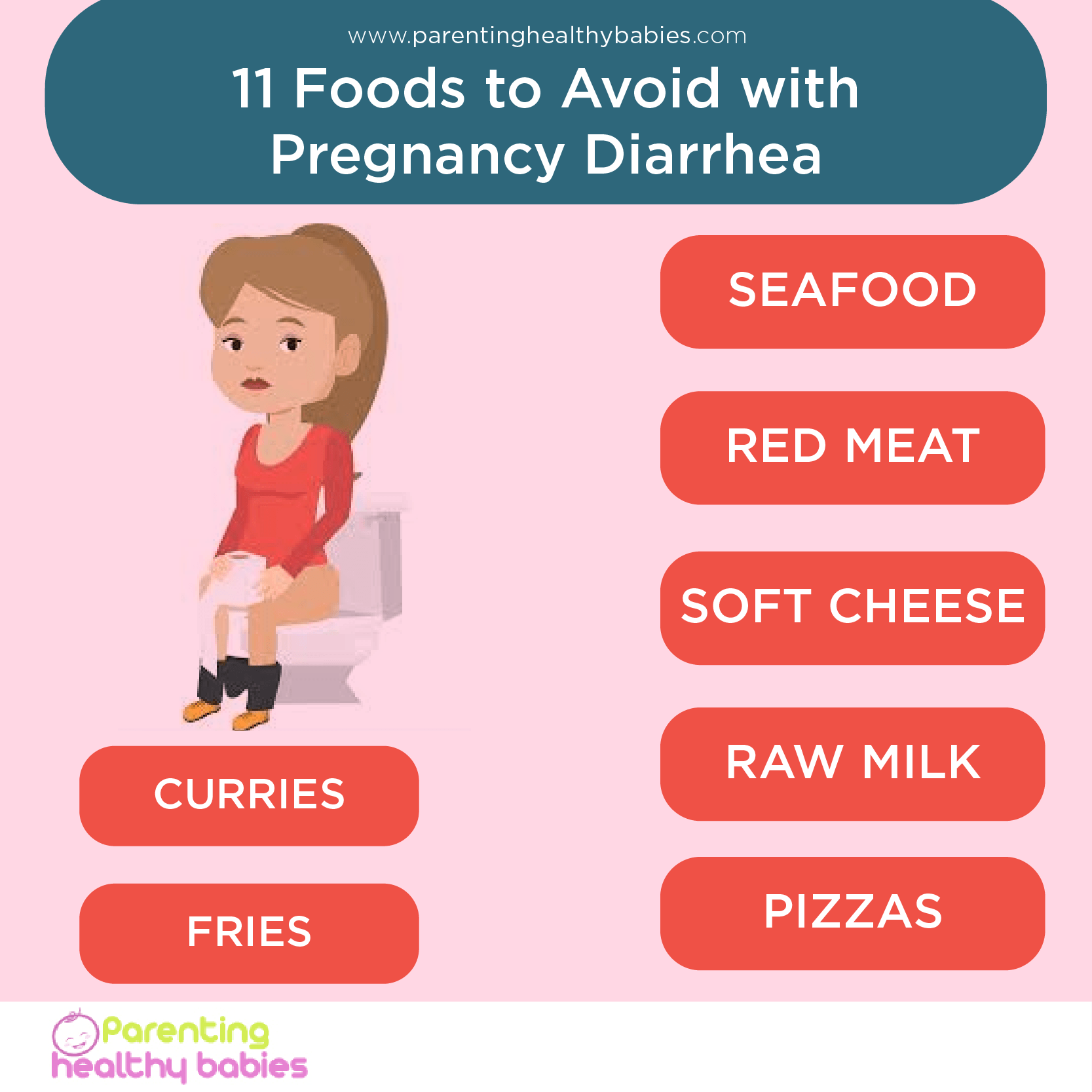Normally, soon after giving birth woman experiences bleeding and due to contraction of uterus may pass some blood clots. During the post-delivery period, restoration of a woman’s body begins and prepares itself for breastfeeding.
All You Need to Know about Postpartum Blood Clots and Bleeding
Blood Clots After Birth
Usually, blood clots occur after cesarean delivery. Post-delivery uterus contracts and shed off it’s lining and during this process, a woman bleeds or may even pass out blood clots. Clot formation takes place because the blood could not pass immediately through the vagina and thus blood clots form. These clots are normal after pregnancy but the large blood clots can be cause for concern.
Things to Expect
The blood clots resemble like jelly as they contain mucus or tissue. The clot may be as large as a golf ball. As the post-pregnancy period progresses, the bleeding and quantity of blood clots changes. Normally, the bleeding and discharge are observed until post six weeks of delivery. Following changes are observed :
Within 24 Hours
Heaviest bleeding is seen within 24 hours and is bright red. Hourly sanitary pad changing is required. Along with bleeding, one or two large blood clots can be observed which can be as large as tomato or as small as a grape.
In 2 to 6 Days Post-Birth
Now the blood loss has reduced. Blood is no more bright red. It has changed into dark brown or pink-red. This represents that blood is no more result of continuous bleeding. The woman may still pass some small clots closer to the size pencil eraser.
7 to 10 Days after Birth
Blood has turned pink-red or light brown. Light bleeding is observed.
11 to 14 Days after Birth
Only red tinged discharge is seen. The bleeding will be less as compared to the first 10 days post-birth.
3 to 4 Weeks after Birth
Minimal blood loss is seen during this time. The red-tinged discharge has changed into the cream-colored discharge and only brown to light red streak is observed. In the upcoming weeks, bleeding will be stopped completely.
5 to 6 Weeks after Birth
Bleeding stops by 6th week of postpartum delivery. Though occasional brown, red or yellow blood is spotted. Bleeding can be observed at the following time :
- Early morning
- After breastfeeding
- After physical workout
Signs of a Dangerous Blood Clot
Following signs indicate excessive bleeding or infection :
- Continuous bright red blood even after 72 hrs of delivery
- Breathlessness
- High-grade fever
- Foul-smelling vaginal discharge
- Opening of stitches in perineum or abdomen
- Severe headaches
- Unconsciousness
- Large clots even after 24 hrs of delivery
- Sailing of more than 1 sanitary pad per hour
Other clotting risks after birth are :
- Heart attack
- Stroke
- Deep vein thrombosis
- Pulmonary embolism
Symptoms of the above-mentioned risk are :
- Chest pain
- Imbalance of the body
- Pain or numbness on one side
- Loss of strength
- Sudden migraine
- Shortness of breath
Treatment for Postpartum Blood Clots and Bleeding
- Most of the women prefer to wear large sanitary pads to collect the postpartum blood. There are pads available with a special cooling material that helps in reducing the postpartum swelling.
- If the bleeding is excessive and continuous then the woman should visit a doctor. As the doctor performs ultrasound retained placenta can be seen. This can be removed through dilatation and curettage.
- Many times uterine bleeding is caused due to uterine atony i.e. the condition in which uterus cannot contract and thus bleeding cannot be stopped. This can be reduced by prescribed medicines.
- The visible blood clots can be treated with the help of warm compresses, compression bandages, or elevating the limb.
- A small balloon can be inserted in the uterus to stop the bleeding
- Hysterectomy, surgical removal of the complete uterus is performed in case of severe bleeding.
Prevention of Postpartum Blood Clots and Bleeding
A small number of blood clots are often passed after delivery, known as lochia and this cannot be prevented. Though life-threatening complications caused by blood clots can be prevented simply by :
- Getting up and moving throughout the day
- Awareness of all the personal risk factors
- Mild exercise after a doctor’s approval
- Visiting doctor as per the postpartum visit scheduled
- Knowing all signs and symptoms of a blood clot
Postpartum Hemorrhage
Excessive bleeding after birth is often known as postpartum hemorrhage. This is a life-threatening condition which can be due to following reasons :
- Uterine atony
- Injury of the birth canal or cervix
- Clotting disorders
- Retained placenta
Soon after the delivery, the doctors must regularly ensure the contractility of the uterus in the woman. If the uterus becomes floppy or soft and she bleeds excessively then it is considered a medical emergency.
Tips for Postpartum Blood Clots and Bleeding
- Intake of plenty of water and stool softener can ease the passage of stool by reducing the risk of disruption of stitches.
- Indulging into mild postpartum activities after consulting a doctor.
- Elevation of legs
- Washing hands regularly and avoid touching stitches to prevent bleeding and infections
When to Consult a Doctor
Many changes occur in a woman’s body soon after the delivery of the baby. The pregnant woman should be aware of the kind of bleeding which is expected. The heavy bleeding or large clots or other potential risk factors are indications for the woman to consult her doctor.
Conclusion
Postpartum bleeding is common in every woman after delivery. Life-threatening complications can also be treated by doctors if reported at the right time. The preventive measures are also helpful and thus can reduce the bleeding in the women after delivery.
Sources:













